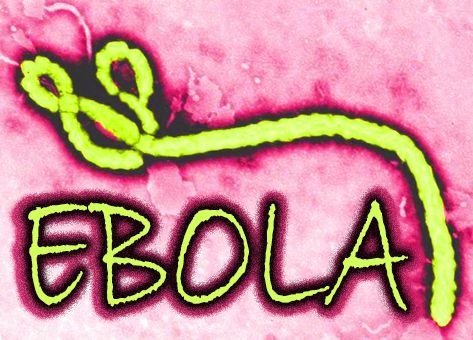Posted By Monique Dever On October 31, 2014
Ebola on our minds

Because we are involved in the Public Health sector (and interested), it is hard not to follow the Ebola epidemic. Every news station aired has one story or another about new cases and reactions of the communities; the thousands affected in West Africa, and at least 17 travelers from other countries, including the United States.
The World Health Organization (WHO), the Centers for Disease Control and Prevention (CDC), the Department of Health and Human Services (HHS) and Local Health Departments (LHDs) are now faced with a crisis that may or may not happen in the US, but preparedness is the best prevention method.
In an effort to prepare our hospitals and health departments, the CDC has published guidelines for healthcare providers on how to handle suspected case patients; from patient isolation, to infection control, equipment details to educating visitors, equipment use to best practices. They rely on Local Health Departments, such as Durham County, NC, to educate their communities and train the healthcare providers.
But despite these efforts, people are still scrambling when presented with a case for the first time. All the guidance in the world is not going to help if proper gear is not available, or the timing is after the fact, and the sick patient has already infected others, as was the case in Dallas.
Ebola is a deadly virus that causes bleeding inside and outside the body and it happens very quickly. It is transmitted through direct contact with skin or bodily fluids, but only with someone who has active symptoms; infected people are not contagious before symptoms begin.
However, coughing and sneezing can spray body fluids, so being within three feet of an infected patient for a prolonged period without donning protective gear, including gowns, gloves and goggles, is considered direct contact. When a person is sick, the droplets in a single cough may contain as many as two hundred million individual virus’ particles; a sneeze is worse.
WebMD’s video explains how the disease works. Ebola symptoms (which can show up 2 to 21 days after infection) include:
- Fever (greater than 38.6°C or 101.5°F)
- Severe headache
- Muscle pain
- Weakness
- Diarrhea
- Vomiting
- Abdominal (stomach) pain
- Unexplained hemorrhage (bleeding or bruising)
While others are hard at work trying to contain the Ebola virus, it is critically important to protect ourselves and others around us as best we can. Don’t travel to places that the disease is rampant. If you come in contact with an infected person, please wear protective clothing, thoroughly wash afterwards and, just in case, cover your mouth when you cough to protect the rest of us.
A few less-known trivia on Ebola, as noted on WebMD:
- There are five types of Ebola virus, of which, four of them cause the disease in humans.
- The Ebola virus first appeared in 1976 with two outbreaks in Africa.
- Ebola was named from the Ebola River, in the Democratic Republic of Congo where the disease was first documented.
For more details, go to the American Medical Association’s (AMA) Ebola resources page that compiles various links to important information on the Ebola virus.
Stay safe out there everyone and share this information with others.